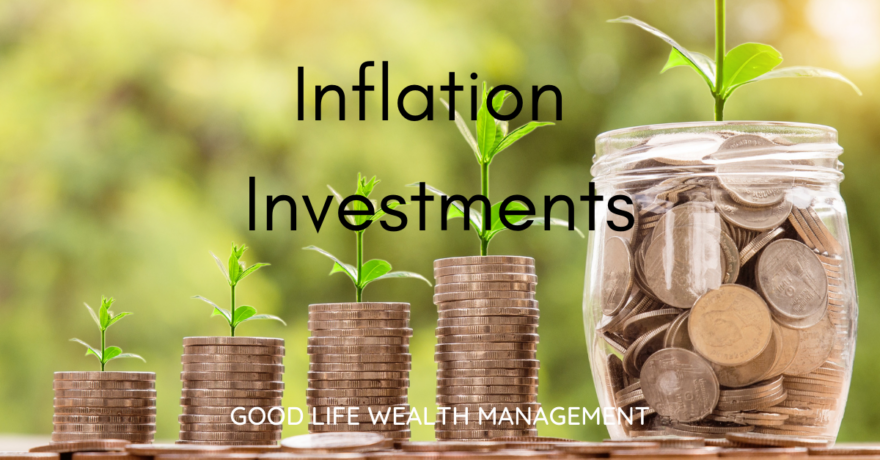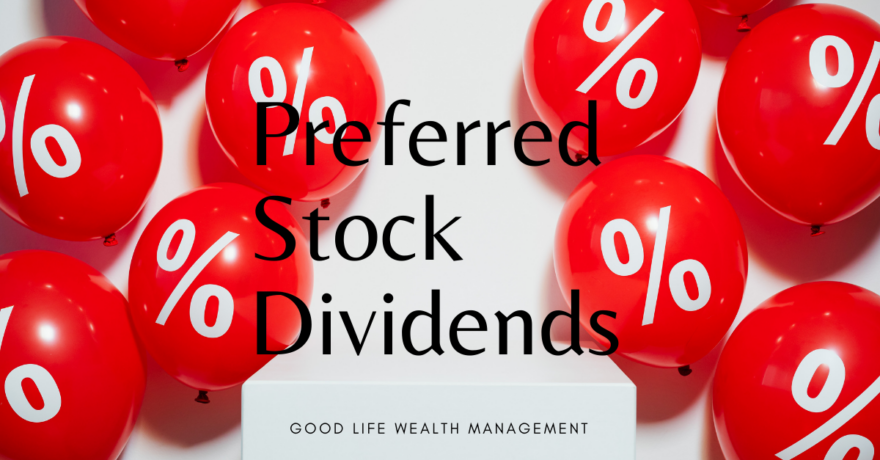Yields have risen on bonds this year and for many investors it may now make sense to increase their bond exposure. Eleven months ago, I wrote how bond yields had actually crossed above the expected return for stocks. At that time, we could find A-rated bonds with a 6 percent yield. And that compared favorably to the 5.7% expected return of stocks, as projected by Vanguard over the subsequent 10-years ahead.
This past month, we bought some new 10-year government agency bonds with a 7% yield. Now it looks even better to be adding bonds and maybe even reducing some of your stock market exposure. Last November, the Vanguard Capital Markets Model suggested a 5.7% expected return for US stocks over the next 10 years. As of mid-year 2023, they have reduced that to 4.7%.
Even though stock predictions are usually very inaccurate, I do think it is worthwhile to look at these projections. While the historical returns of US stocks may have been 9-10% over the long haul, returns can be above or below average for an extended period. There have been many 10 year periods which have done better or worse than the “average”. There are many factors which can help us estimate returns, including starting equity valuations (such as the Price/Earnings ratio), corporate earnings growth, or productivity gains. It should not come as a surprise that when stocks are expensive (like in 2000), the following 10 years are below average. Or when stocks are beaten down and cheap (like in 2009), the next 10 years are often above average in return.
Portfolio Models
We manage a series of investment portfolios for our clients with an approximate benchmark blend of stocks and bonds. Our Premiere Wealth Management Portfolio Models include:
- Ultra Equity (100% stocks / 0% bonds)
- Aggressive (85/15)
- Growth (70/30)
- Moderate (60/40)
- Balanced (50/50)
- Conservative (35/65)
In the 4th quarter of each year, we analyze our portfolio models and make tactical adjustments based on where we perceive relative value. We overweight the segments or categories which have better expected returns and we reduce the categories which have a lower expected return. In addition to our Core holdings of Index Funds and investment grade bonds, we consider satellite investments in alternative categories.
But this year is different. We are now looking at bond yields that are above the expected return of US stocks. I think it may make sense for a lot of my clients to consider a healthy increase in their bond holdings. For the last 15 years, since the 2008 global financial crisis, bond yields have been absurdly low. Today, we have a chance to lock-in longer yields at a time when the stock market looks potentially mediocre for the next several years of returns.
I have thought for a long time about how to increase bond holdings. If we move a 60/40 portfolio from 40% to 50% bonds, we probably shouldn’t still call it a 60/40 model. So, instead of making large changes on the model level, I will be discussing with each client if we now want to consider reallocating from the 60/40 to the 50/50 model, for example.
Pro / Con of Adding Bonds
The hope, by adding more bonds, is to reduce volatility and have a smoother, more consistent return each year. If the 4.7% expected return of stocks is correct, bonds could out-perform stocks and improve the return of the overall portfolio. For investors close to retirement, adding bonds could reduce the impact of a large drop in stocks, right before income was needed. And for retirees taking distributions, the now high income from bonds means we can better meet your need for cash flow versus selling shares of stocks.
Of course, there is no guarantee stocks will under-perform as projected. The 10 year projection from Vanguard is an annualized average – the stock market will undoubtedly have years with very different performance than the annual average. Investors with FOMO may be unhappy in bonds, even 7% coupons, if stocks are up 20% in one year. Young investors who are making monthly deposits may prefer dollar cost averaging and not worry as much about stock market fluctuations.
Understand Callable Bonds
Many of the Agency, Corporate, and Municipal bonds available today are “callable” bonds. That means that the issuer has the right to pay off the debt early. “Calls” happens when interest rates fall and the issuer can replace their 7% debt with a lower yield bond. It’s just like refinancing a mortgage to a lower rate.
We don’t necessarily have to hold a 10-year bond to maturity. Here is how past economic cycles worked: Eventually, the economy will slow and fall into recession. At some point, the Federal Reserve cuts interest rates and we often see both short and longer term interest rates drop. At that point, the issuer of the 7% bond may be able to refinance down to 6% or 5%. So, they will call their bonds early and redeem them at full value.
If we are in a recession, it’s also possible that the stock market could be down 20% or more in that period. And that may be a good time to rebalance – to take the proceeds from the called bond and invest it back into a stock market that is beaten up. That certainly worked well in March and April of 2020. If interest rates drop, we are likely to get called and might not be able to find another 7% bond. But that may be okay, if we are willing to rebalance the overall portfolio and buy other investments when they are on sale. And of course, regardless of when a bond is redeemed, we made 7% a year, since we bought these bonds at Par.
Reducing Call Risk
Why not just buy non-callable bonds? I would if they were more available and at the same yields. Most bonds today are callable, with the main exception being US Treasury bonds. But the yield on the 10-year Treasury is 4.7%, not 7%. So, I am willing to take some call risk for the extra 2% in return. Still, there are some things we are doing:
- Buying discount bonds. Older bonds with a lower coupon often trade at a similar yield to maturity as new issue (and high coupon) bonds. These are less likely to be called. And if we buy a bond at 90 and they call it at 100, that is great.
- Preferred Stocks are also now trading at sizable discounts, often 60-70 cents on the dollar. If we are comparing a bond from Wells Fargo versus their Preferred Stock, there may be advantages of the Preferred. While they may have similar current yields, the preferred has upside to its $25 price. The bonds, trading near Par, have no price appreciation potential.
- Fixed annuities (multi-year guaranteed annuities or MYGAs) generally are not callable. And since there is no 1% management fee on the annuity, a 5.5% 5-year annuity may net the same return as a 6.5% 5-year corporate bond. Except the annuity is guaranteed, unlike a corporate bond. So, if you aren’t needing flexible liquidity, MYGAs can reduce your call risk and lock in today’s interest rates.
Your Bond Strategy
We’ve waited 15 years to have bonds with these juicy yields. I think now is not a time to be too defensive with a money market or short-term T-Bills. Those are fine for your immediate needs. But at some point in the future, rates could drop. The risk is that when today’s 5.5% T-Bills mature, the new T-Bills might only yield 3% or 2%. Then we will regret not locking in the longer duration yields available to us now at the end of 2023.
These last four years have been quite a roller coaster for investors. A huge crash in March of 2020, followed the fastest recovery of stocks ever. Then unprecedented inflation. A Bear Market in 2022 brought a 20% drop. A recovery in 2023 that was limited only to a handful of tech stocks. A lot of stock funds have little or almost no gains to show for all this commotion. Stocks have been disappointing.
Bonds today offer a higher yield than the 4.7% expected return of US stocks over the next decade. That’s quite a shift and investors should pay attention – yields will not stay at these levels forever! We are always cautious in making large changes, but would generally prefer bonds over stocks if they had the same return.
Stocks are supposed to have an Equity Risk Premium to compensate you for their added risk and volatility. Not today. Bonds offer lower volatility, a more predictable return of “yield to maturity”, and current income. For retirement planning, these are very desirable qualities that can improve the outcomes of our planning simulations both before and during retirement years. These are the reasons will are looking to add more bonds today.













